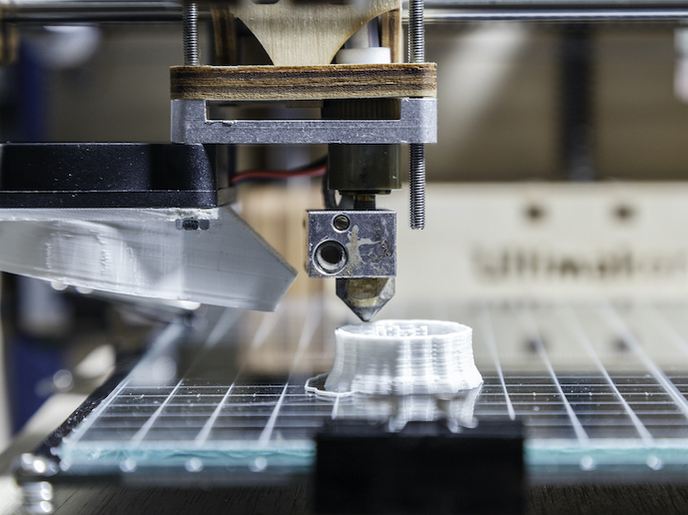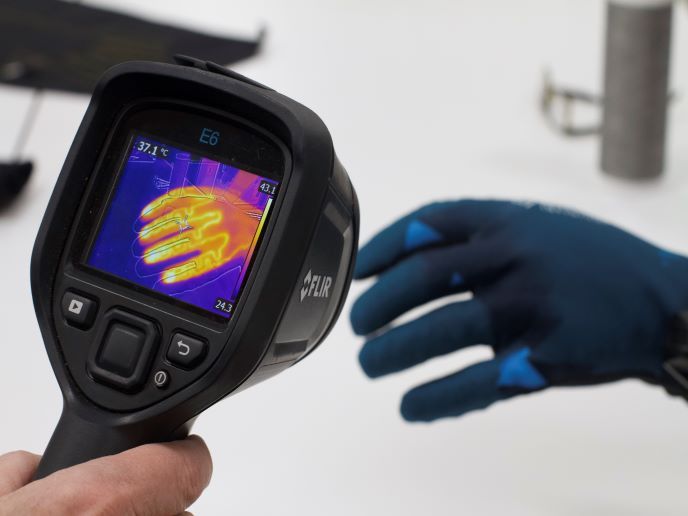High cycle fatigue under high profile study
Vibration stress cycles occurring in the region of thousands of cycles per second can cause cracking in gas turbine engine blades. In minutes, micro-millimetre sized cracks, invisible to the naked eye, can expand to several millimetres, resulting in critical failures of major engine components such as fans, turbines and compressors. One does not need to do the math to know the potential disaster such an occurrence can result in. Hence it has become imperative to develop a means by which one can predict HCF failures in order to improve aircraft safety as well as engine reliability and operational costs. With this in mind the ADTurB project, sought to design a measurement programme that would provide high quality data that could validate both current and future predictive software. Consequently two experimental campaigns were established. The first of which, was a rig erected at EPFL and sought to validate the superposition principle of forced response and the second of which, established at DLR, provided validation data on aerodynamic and vibration response for a realistic turbine stage. Through both features, validation occurred at all stages so as to accurately pinpoint errors. As a result of the measurement programme, a database of results was established allowing for easy comparison of datasets and easy accessibility of the data. Whilst the results show that the predictive prowess of the project are well modelled, the prediction of unsteady aerodynamics remains, as yet, the largest contributor to error. Nonetheless the DLR rig provided useful data in that it showed significantly low engine order response. The measurement programme will continue with this data constituting its basis in a further study effort in ADTurB II.







